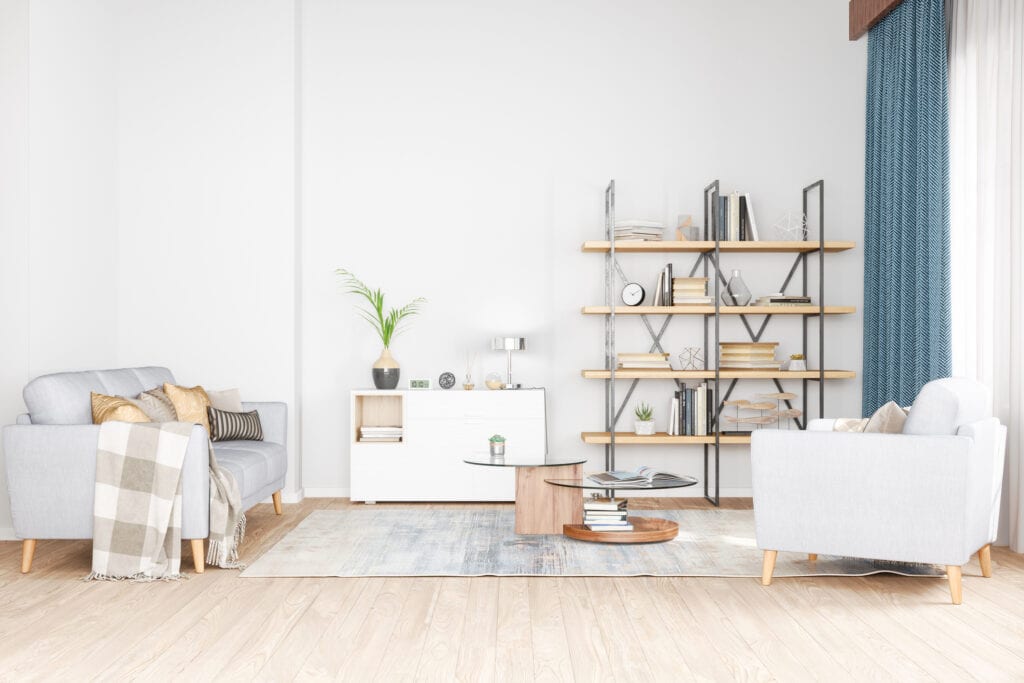Nordic design, often referred to as Scandinavian design, is a design movement that emerged in the Nordic countries of Denmark, Finland, Iceland, Norway, and Sweden during the 20th century. It is characterized by its simplicity, functionality, minimalism, and emphasis on natural materials. Here’s a brief history of Nordic design:
- Early 20th Century:
Nordic design roots can be traced back to the early 20th century, with the emergence of the Arts and Crafts movement. This movement emphasized traditional craftsmanship and a return to simplicity in design. Art Nouveau and Jugendstil movements also influenced Nordic design during this period. - 1930s and 1940s:
The 1930s and 1940s saw the emergence of what is now considered classic Nordic design. Pioneering designers and architects like Alvar Aalto in Finland and Arne Jacobsen in Denmark began to create furniture and buildings that embodied the principles of form and function. The use of bentwood, plywood, and innovative designs, like Aalto’s famous “Paimio” chair, became iconic. - Mid-20th Century:
The mid-20th century was a golden age for Nordic design. The post-World War II era brought a focus on practical, affordable, and functional design. Iconic pieces like Jacobsen’s “Egg” and “Swan” chairs, Hans J. Wegner’s “Wishbone” chair, and Eero Saarinen’s “Tulip” chair became symbols of the movement. - 1954 and the “Good Design” Exhibition:
The “Good Design” exhibition in Chicago in 1954 introduced American audiences to Nordic design, solidifying its international reputation. Scandinavian design, with its clean lines and practicality, was highly regarded as the embodiment of good design. - The 1950s and 1960s:
The 1950s and 1960s saw the global spread of Nordic design principles. Companies like IKEA in Sweden popularized affordable, flat-pack furniture, making it accessible to the masses. The emphasis on democratic design, which aimed to make good design available to all, became a hallmark of the movement. - Late 20th Century:
While Nordic design’s global popularity continued, the late 20th century saw some diversification and experimentation. New materials and more playful and eclectic designs emerged alongside the classic, minimalist styles. - Contemporary Nordic Design:
In the 21st century, Nordic design remains influential and continues to evolve. Designers in the region still prioritize simplicity, sustainability, and functionality. There’s a renewed focus on eco-friendly materials, as well as a blend of traditional craftsmanship with modern technology. - Sustainability and Minimalism:
Contemporary Nordic design often emphasizes sustainability, with designers incorporating eco-friendly practices and materials. Minimalism remains a key aspect, with an emphasis on clean lines, neutral colors, and uncluttered spaces.
Nordic design has had a profound and lasting impact on the world of design and interior decor. Its timeless qualities and focus on functionality and aesthetics have made it a favorite style for many, and its influence can be seen in various design trends around the globe.

